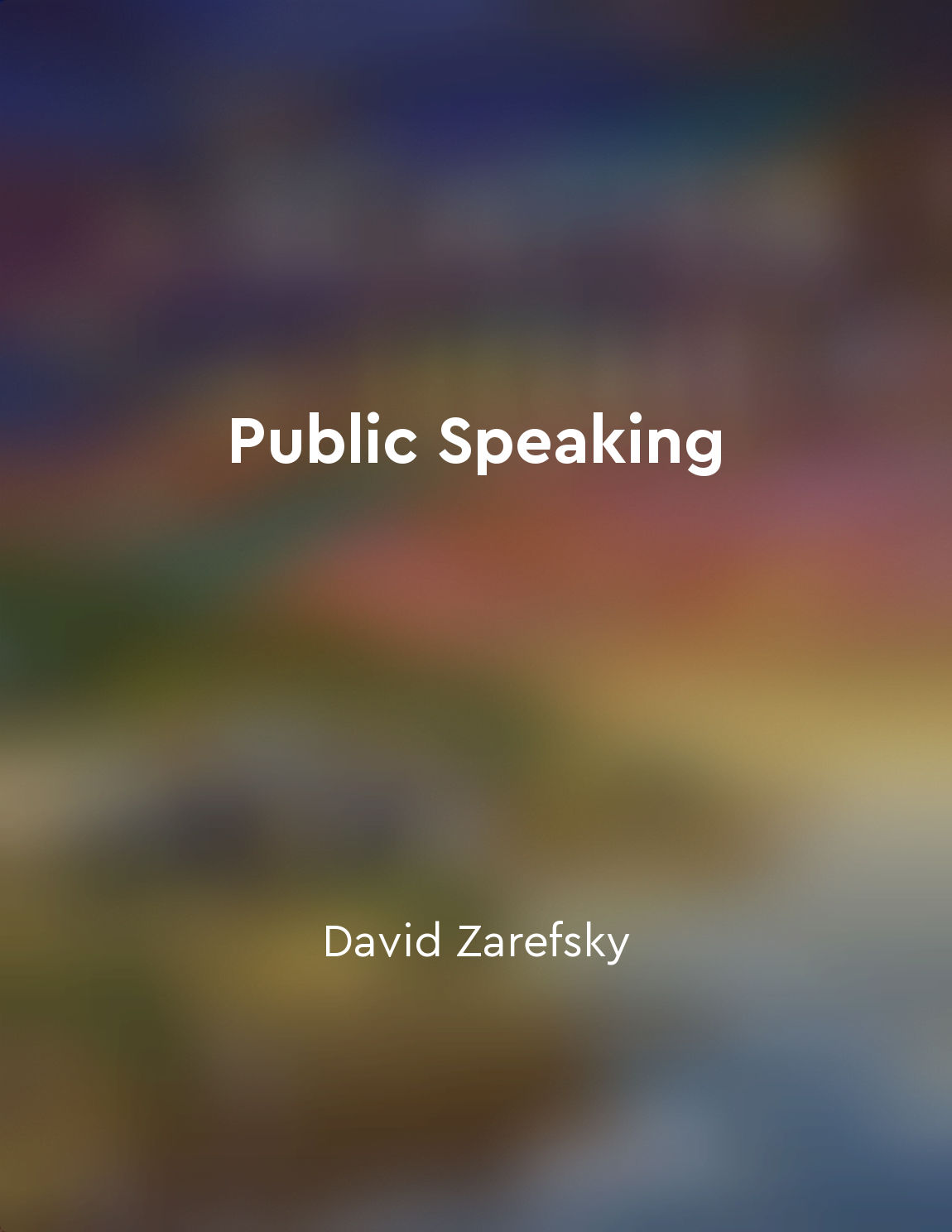Audio available in app
Use transitions to guide your audience through your presentation from "summary" of Presenting to Win by Jerry Weissman
Transitions are the invisible railroad tracks that guide your audience from one point to the next in your presentation. Think of each point you make as a train station, and the transition as the smooth track that takes your audience from station to station. Without transitions, your audience can get lost, confused, or lose interest. Transitions keep your presentation on track and help your audience follow along easily. There are several types of transitions you can use to guide your audience through your presentation. One type is the summary transition, where you briefly recap what you've covered so far before moving on to the next point. This helps your audience stay engaged and remember the key points you've made. Another type of transition is the preview transition, where you give your audience a sneak peek of what's coming next. This can pique their interest and keep them eager to hear more. By giving your audience a roadmap of where you're going, you can keep them engaged and focused on your presentation. Transitions also help you connect your points and ideas together in a logical way. They show your audience how each point relates to the next, creating a cohesive flow throughout your presentation. This helps your audience understand the bigger picture and see how all the pieces fit together. Using transition words and phrases like "in addition," "furthermore," "on the other hand," and "as a result" can help signal to your audience that you're moving on to a new point. These words act as signposts, guiding your audience through your presentation and helping them follow your train of thought. Consistency is key when using transitions. Make sure to use the same type of transitions throughout your presentation to create a sense of continuity. This will help your audience feel more comfortable and engaged as they move from point to point. By using transitions effectively, you can keep your audience engaged, focused, and on track throughout your presentation. They act as the glue that holds your ideas together and helps your audience follow along easily. So next time you give a presentation, remember to use transitions to guide your audience through your content seamlessly.Similar Posts

Constraints help guide user actions
Constraints play a crucial role in guiding users towards a desired action. By limiting the possible options or actions, constra...
Comics are a language of their own
Comics possess a unique visual language that allows creators to communicate ideas and narratives in a distinct manner. This vis...
Exhibit confidence in all interactions
Confidence is a key ingredient in successful communication. When you exhibit confidence in all interactions, you convey a sense...
Understanding the basics of teaching and research aptitude is essential for success in the NTA UGC NET/JRF Computer Science exam
To excel in the NTA UGC NET/JRF Computer Science exam, it is crucial to have a strong grasp of the fundamentals of teaching and...

Be prepared with conversation starters
One of the keys to successful small talk is being prepared with conversation starters. These are like little tools in your back...
Social influence can drive behavior and make ideas spread
Social influence has a significant impact on people's behavior and the spread of ideas. When we observe others engaging in a pa...
Use compliments to make others feel valued
When you give someone a compliment, you are essentially telling them that you value something about them. This can make the oth...

Practice active listening to connect with your audience
Active listening is a crucial skill for speakers looking to connect with their audience. By actively listening, speakers demons...
Significance of continuous learning and selfimprovement
Continuous learning and self-improvement are essential for personal growth and development. In today's fast-paced world, where ...
Cultivate a love for language
To truly master the art of writing, one must cultivate a deep love for language. This entails developing a genuine appreciation...
